Today we are going to take a look at Griftlands. This deck-building roguelite that first started out as an RPG back in the day promises a vast story where every decision matters. Whether it can deliver on its promise is the question we will try to answer today. Griftlands is available on Steam for 16 Euro and 79 cents or your regional equivalent.
With this review you have a choice of either reading it here in text form or listening to the video review. They both contain the same content.
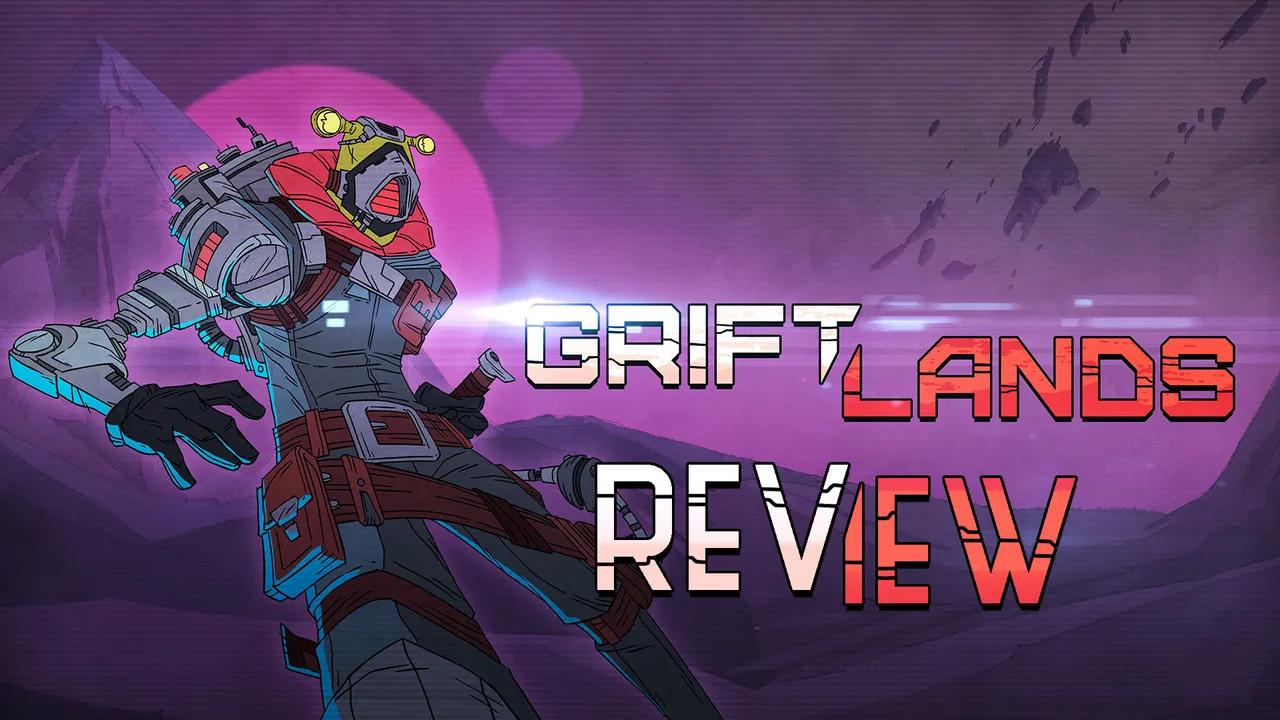
Be sure to check out my other posts about gaming and science @kralizec and visit my YouTube Channel
Buy the game
Watch The Video Review
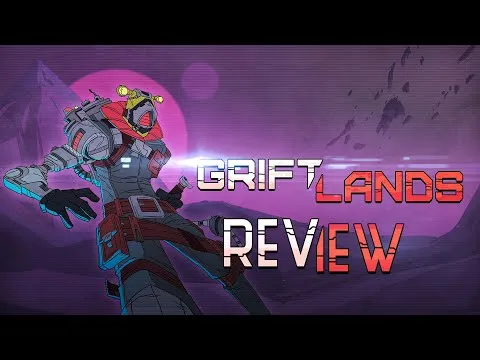
Read The Text Review
We all know the feeling when a game that looks great and you really wanted to play it gets canceled. On the other hand, maybe it’s the better solution. At least when compared to little bits of info constantly appearing keeping you hooked but just never delivering. Fans of the Game of Thrones books could probably write a seperate book about waiting for a book. And even games have such titles among them. Games like Agent from Rockstar, EITR, Routine, and many more… and until recently, even the open-world hand-drawn RPG Griftlands. But Griftlands is among us so let’s see whether it lives up to the very long hype as it is no longer just in alpha on the Epic store but also available in early access on Steam.

And before the review itself starts, I need to say that Griftlands is no longer an RPG game. At least when it comes to the core gameplay loop. The developers realized that if they continued on the path towards creating an RPG they would have likely never have finished. So, they turned the core gameplay loop into a card game instead.
Welcome To The Grift
I will be honest, there is more I need to say before the review of the game itself unfolds. I need to tell you why Griftlands excited me. The stylized comic-like graphics inside a sci-fi world was certainly a big part of that. But the biggest thing for me was the advertised option to talk you way out of everything. I do like combat but when a game proclaims you can talk you way out of everything – that’s gonna be a challenge! And I LOVE challenges!
But then the cards game. Because of the amazing success of Hearthstone and Slay the Spire card-game mechanics seem to be taking over the world. And don’t get me wrong, I like cards games. Monster Train is an amazing successor to Slay the Spire and Hearthstone is still one of the few games I play purely for fun. But that doesn’t mean I want every game I play to be a card game.

Now, we can finally delve into the game. Sadly, the first impression wasn’t that great. The first few hours were confusing as heck. I was constantly scratching my head in confusion. This is because Griftlands doesn’t shy away from throwing you under the bus. The problem is that there is too much to learn too quickly. You get thrown into this alien world where everyone seems to have adopted Simish as their native tongue, several fractions are trying to get power and common words are replaced by jargon. Thankfully, in dialogues, the jargon is explained but when you need explanations for your explanations… well… something is wrong. Then you finally get thrown into a fight and there are so many more terms to learn.
Conversation Cards
But you know what. That’s actually not criticism from my side. When I first heard of Griftlands it was supposed to be a full-blown RPG. And while cards replaced the core loop, by God, Griftlands is still an RPG at heart. It makes sense though, you don’t just throw away the likely hundreds of hours of hard work you already created. But somehow, this was not visible from the game's marketing. It looked like a card game with zero background story. Luckily, it was just sucky marketing and the truth is that exploring the world and reading is an important feature in Griftlands. If I compare it to the Monster Train which I recently reviewed, there it was primarily about the battles. Here, it is primarily about the world. And once you realize that, it all starts coming together.
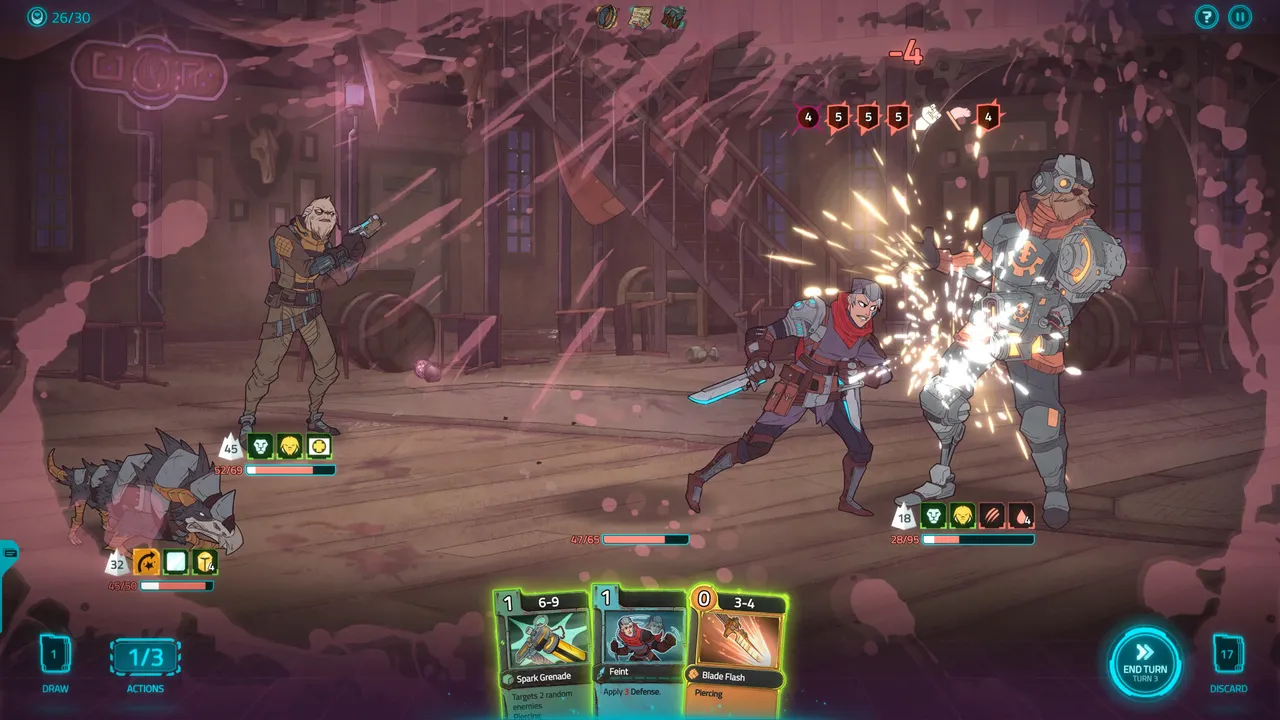
I’ll tell you more about the gameplay in a bit, but in essence – you find NPCs, talk to them, accept a few quests and solve that either with violence or by… talking. Yes, the option to try to talk you way out of things remains! While the combat is exactly as you’d expect it to be, turn-based strategy played out through cards, the talking part is... exquisite. It an arena full of thoughts, arguments, determination, and many other modifiers. The only problem with it lays in the lack of information the game gives you about them. So it’s up to you to figure them out. But a better tutorial that would explain everything would have certainly been nice.
Sopie’s Choice 2: Electric Boogaloo
The thing that will keep people who love old-school RPGs playing Griftlands is choice. Nowadays, it almost (sadly) feel like an artifact from an era long forgotten, but Griftlands comes with decisions. Decisions that actually alter the game and its story! And it gives the game great depth and even replayability. For example, if you play as Sal, one of the two currently available characters you seem to have a clear goal. Kill Kashio. But you don’t have to. And depending on what you do changes the behavior of characters and even what quests will be available to you further on. But to be completely honest, in terms of the main storyline, there are only 2 solutions to it. More would be amazing and hopefully, they will come in the future. But playing the game and finishing the story in both ways took me 8 hours each time and each time I noticed different side-quests so there definitely is enough content.
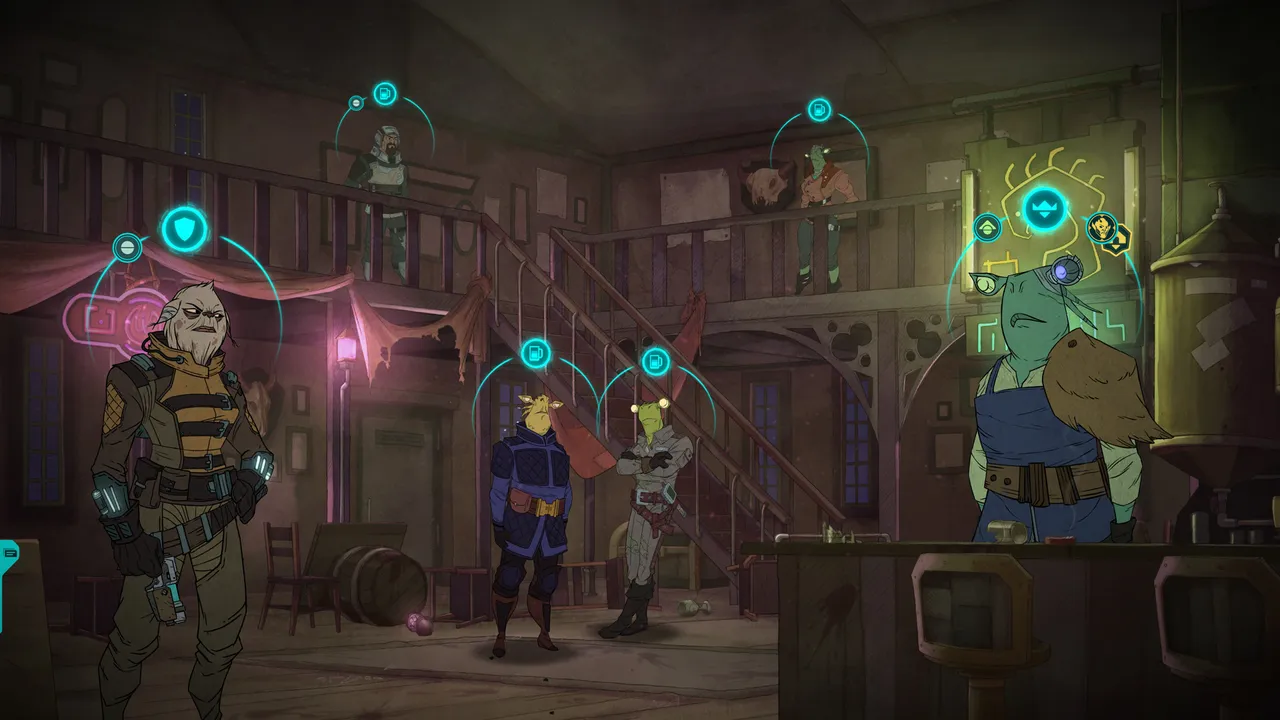
I should also mention that the fractions are important as well. Depending on who likes you, who hates you you get different buffs and debuffs which apply to both types of combat. And there is not a way to play the game to get everyone to be friends with you because over time you will get into situations where you need to get rid of someone and even if you do it in a non-violent fashion, his friends are still not gonna be happy about it. And from a story perspective, you don’t always get a good or an evil choice. Or even the lesser evil vs the bigger evil choice. Sometimes, it’s just pure evil choices. Good luck with choosing.
Praise be RNJesus
Well, it’s finally time to talk about the card-mechanics. I wasn’t avoiding them.. but.. well… Griftlands is just so much more than just another card-game. Nonetheless, it is also a card game and it needs to be talked about.
Griftlands doesn’t shy away from trying to become the best. But also pretty standard. In violent combat, you pick cards like attacks, some defensive cards while trying to use your available energy as perfectly as you can. And the talking combat is somewhat similar just all the types of cards are named differently. This is the case with Sal. But when you play as Rook, it becomes… well … a bit more random. He’s sort of like Two-Face from Batman. Some of his cards work only if you get heads (or a snail in this case). If you get tails, you’re out of luck, the card does nothing and disappears into the discard pile. This may seem like a horrible mechanic but there are ways to alter luck to be bit more in your favor.

Griftlands also tries to retain a bit of its RPG origin in the card-game portion. This is done through the ability to level up your cards (up to ten times). You need to gain XP for your cards to be able to do that. Pretty much the same system also exists for your grafts (character upgrades).
Swamp Heavy Metal version 20.20
At first glance, Griftlands may appear as a cyberpunk game trying to cash in on Cyberpunk 2077 in its aesthetic. But, no. While it has elements of cyberpunk it also just takes sci-fi and combines it into its own unique thing. The story takes place in the far future when humanity is colonizing the Universe and one of their targets for colonization is an unknown planet that features the continent Havaria.
This dirty space rocked already has humanoid frogs living on it, some of which worship their deep-sea god, and a big portion of the surface of the rock is covered in swamps where you can find advanced technology. Essentially, it’s a mixture of many influences – from H. P. Lovecraft, cyberpunk, 80ties animation, and even Heavy Metal.
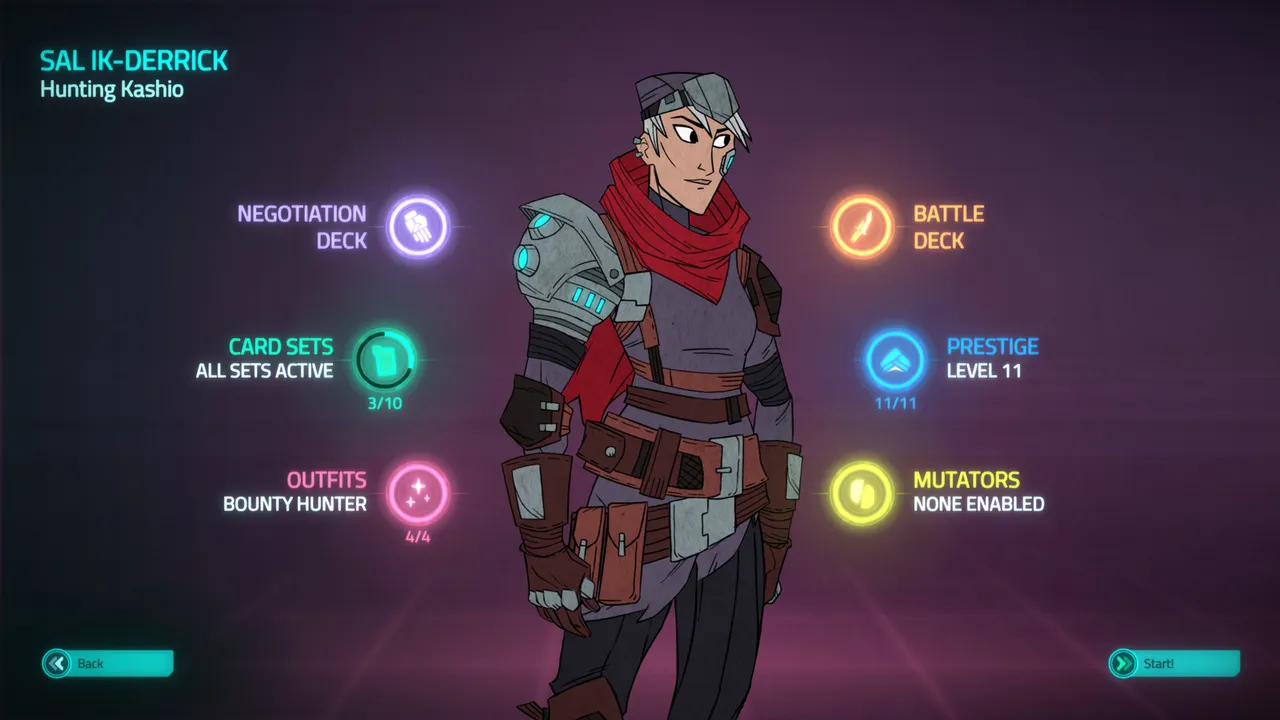
But sadly, while the graphical style was inspired by metal (at least in part) I cannot say the same for the music. If there is one thing the game desperately needs its better music. When you got a game that looks this good, it should also sound good. And here, the best comparison is elevator music. And that’s not music anyone want’s to be compared to.
Conclusion
So… in conclusion. Whether you should buy Griftlands really depends on what you expect. Did you want a pure RPG? Well, then it’s probably not for you. Do you want a pure card-game? Again, it’s probably not meant for you. BUT! If you like RPGs for the story and are okay with battling through cards, yeah, Griftlands will be a great fit in your collection. And for the amount of work that went into Griftlands its price tag is fairly low. So, I’d say… go and buy it!
So, that’s it for today guys. I hope you liked the review and if you did, please up-vote the review, follow my blog, and be sure to share it with your friends. And comment, if you have anything you would like to add. See you guys later with more gaming content.